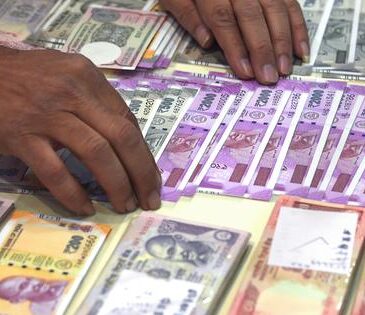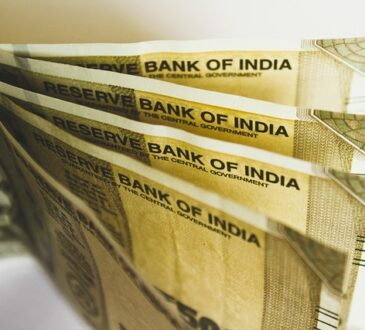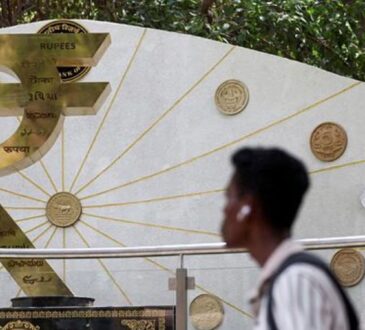A day before the US announced measures related to reciprocal tariffs, Moody’s on Tuesday said that India is relatively less susceptible to external financial shocks and will be the fastest-growing advanced and emerging economy.
“India has a low external vulnerability indicator (EVI) of 61 per cent, indicating its relatively lower susceptibility to external financial shocks,” a report by Moody’s Ratings said. Further, this is supported by its relatively modest external debt-to-GDP ratio of 19 per cent and low export dependency on the US (about 2 per cent of GDP).
Related Stories
India’s high tariffs, import regime, digital trade restrictions are barriers to trade: US report
Country must assess each demand in USTR report through lens of its own national priorities, development goals, say experts
A Finance Ministry report showed India’s external debt increased by 10.7 per cent to $717.9 billion at the end of December 2024 from $648.7 billion in December 2023. On a quarter-on-quarter basis, there is a 0.7 per cent increase in external debt from the level of USD 712.7 billion at the end of September 2024, according to India’s Quarterly External Debt Report. The external debt to GDP ratio stood at 19.1 per cent at the end of December 2024, against 19 per cent in September 2024, it said.
Meanwhile, with the Trump administration taking charge early this year, the global financial market is facing turmoil. Especially emerging economies have faced a large outflow of foreign investment from their stock market, which had an impact on their currency, including the Indian Rupee. Data showed that from April 1 to March 18 of Fiscal Year 2024-25, the Indian Rupee depreciated by over 3.6 per cent against the dollar. This is lower than the Korean won (7.17 per cent) and Canadian Dollar (5.3 per cent) but higher Indonesian Rupiah (3.5 per cent), Philippine Peso (1.9 per cent) and Chinese Renminbi (0.04 per cent).
Related Stories
How Trump’s reciprocal tariffs could hit India’s exports: Key sectors at risk
While the US argues for fairer trade, experts highlight that India’s actual tariff burden on American goods is lower than perceived.
However, Moody’s believes that India is still attractive. “Large EMs such as India and Brazil are better positioned to attract and retain global capital in risk-averse conditions because of their large and domestically oriented economies, deep domestic capital markets, moderate policy credibility and substantial foreign exchange reserves,” the report said. Also, these attributes provide buffers against external financial pressures and, as a result, give investors’ confidence.
“Conversely, countries with a higher proportion of domestic currency-denominated external debt are better insulated from exchange rate risks. South Africa, Thailand, Poland and India are such countries,’ the report said.
It highlighted that India’s growth will be better. “India’s growth will remain the highest of the advanced and emerging G-20 countries, supported by tax measures and continued easing,” the report said. It estimated India’s growth at 6.5 per cent for FY 26.
Related Stories
White House slams India’s 100% tariff on US farm goods ahead of Trump’s reciprocal move
Press Secretary Karoline Leavitt highlighted that India charges a 100% tariff on American agricultural goods, while Japan and Canada impose significantly high tariffs on specific products
Giving an overall picture of emerging markets, Moody’s said such economies are “exposed to choppy waters” from the churn of US policies and its potential to reshape global capital flows, supply chains, trade and geopolitics. Large EMs (emerging markets) have resources to navigate the turbulence. It said economic activity in the fastest-growing economies will slow slightly from high levels but remain strong this year and next. In China, exports and investment in infrastructure and priority high-tech sectors remain the main growth drivers, while domestic consumption remains weak.




